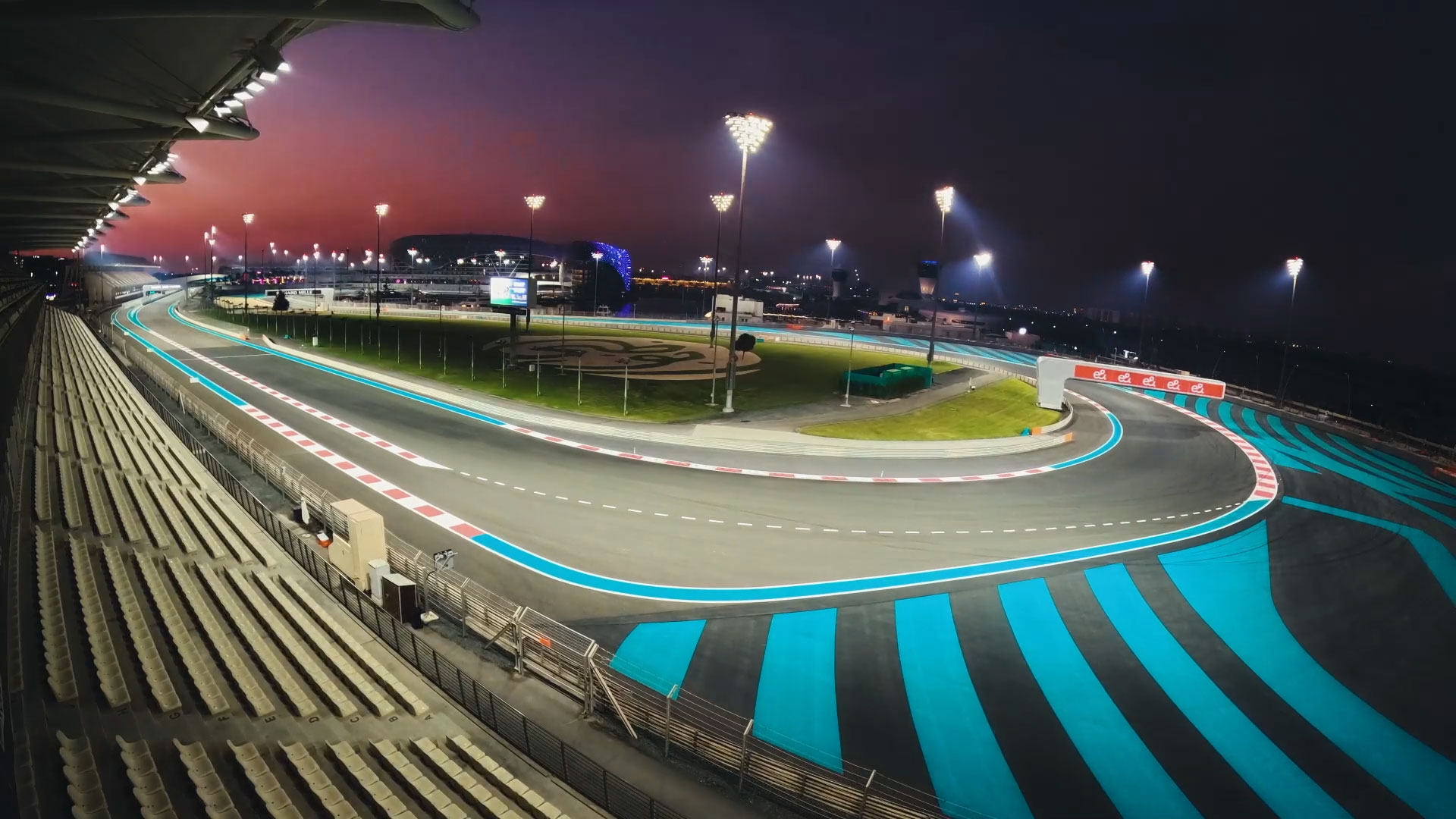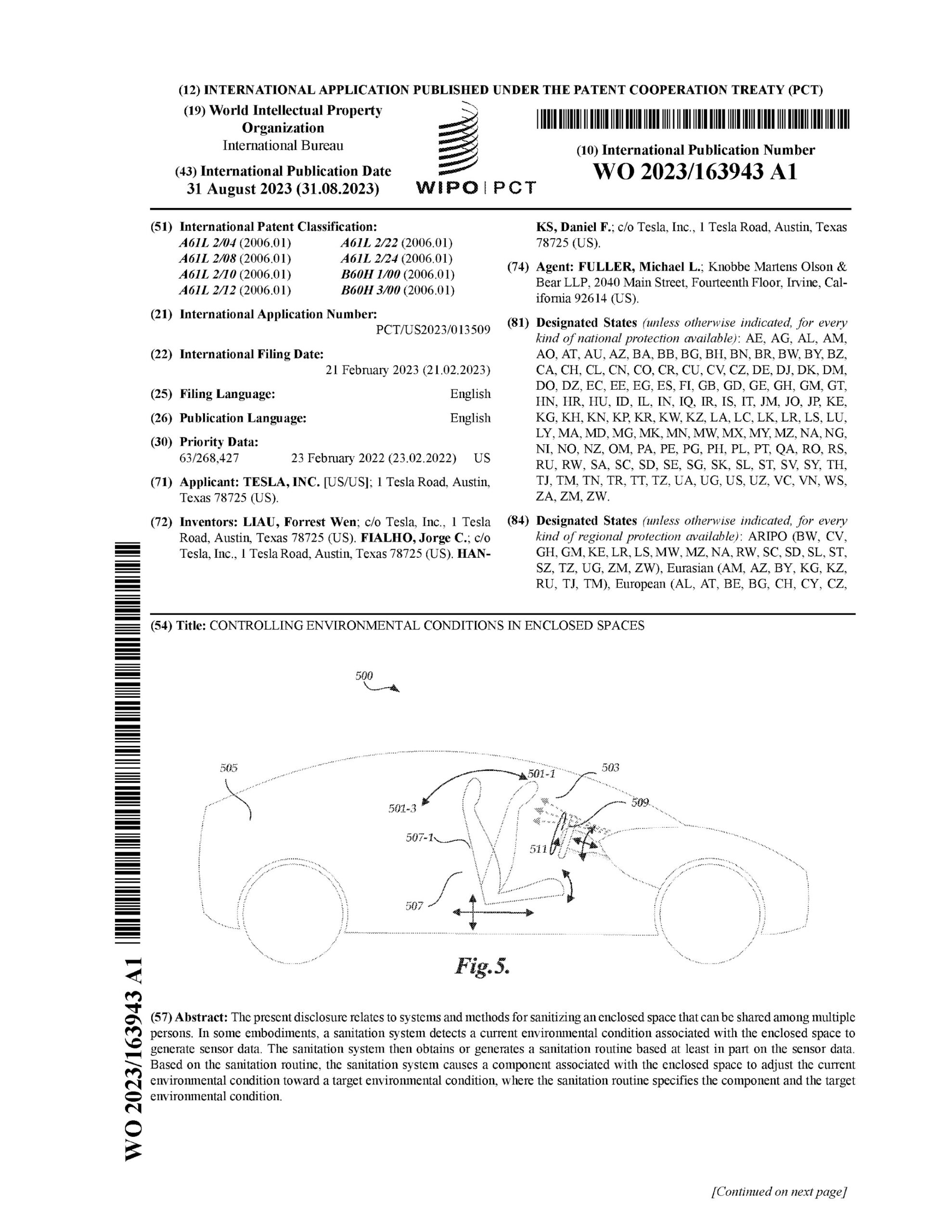Sign up for daily news updates from CleanTechnica on email. Or follow us on Google News!
Have you ever wondered what it would be like to charge your electric vehicle (EV) as your drive down the highway? Well, folks in Central Florida will get the chance in a couple of years on a new highway in Lake County and Orange County. In-road charging will replenish batteries of EVs as they travel along SR 516.
Yes, EVs will become roadway-powered. The Central Florida Expressway Authority (CEA) asks you to “imagine a future where you’re driving an electric car on a roadway and pick up high-power energy while in-motion.” The pilot project is seen as a symbol of a road-building shift that takes into account the environment and drivers.
It’s the first brand new highway that was designed to incorporate in-road charging. Sergio Perez of ENRX, a Norwegian company specializing in wireless energy that was hired by CEA, told the Orlando Sentinel that “it is a world premiere,” and the system at SR 516 “will be the most powerful in the world.”
Operational rather than experimental, the in-road charging section of the 125 mile long SR 516 will encompass just over 4 miles. Right now there are just a few roads that link the busy areas of Lake County and Orange County. Florida’s project will have an east-west alignment and link an ever-growing suburb along US Highway 27 in Lake County with a section of Orlando’s expressway beltway on State Road 42 in Orange County.
The project will invigorate the local economy in the region as part of a fiscal plan to put a jobs center on the map.
How Does In-Road Induction Charging Work?
The first installation ever of wireless charging in concrete lanes, it will offer variable power for small electric sedans all the way to long-haul electric trucks. The system will encompass a footprint of about three-quarters of a mile.
The patented ENRX technology (former IPT Technology) works through wireless inductive power transfer. ENRX has more than 25 years of experience in testing and installing this equipment in concrete, with several pilots in Europe. Successful tests have been done with power capacity of 180 kW, driving 50 mph, and with overall efficiency of more than 90%. The ENRX Charge 200 kW Electrified Roadway Technology will be able to power all vehicle classes using the roadway: passenger cars, medium-duty delivery vans, and heavy-duty trucks and buses.
The electromagnetic induction technology might seem familiar to you for devices you already use, like daily charging your electric toothbrush or cell phone. The technology can detect an EV directly above it, while the lane is still safe for all other drivers to use. In-road charging involves embedded coils of wire in pavement that emit electromagnetic energy — a term for a wide spectrum that includes radio waves, light, and x-rays — that hovers right above the road’s surface. EVs need to have receiver plates installed to their vehicle underbodies to draw the electromagnetic field and transfer its energy as electricity to its vehicle battery.
As a vehicle passes over in-road charging at highway speeds, it will receive enough electricity for the drive along the system. Each type of vehicle has its maximum charging power, which the dynamic roadway system delivers on request of the car. With charging strengths up to 200 kilowatts, sedans will be fed about 50 kW and about 200 kilowatts will be for heavy trucks. These lanes will allow EVs to recharge their batteries and compensate for the energy consumed during their motion.
To generate the nearly 1 megawatt of electricity needed to operate the road, the ENRX project will incorporate solar panels.
ENRX forecasts that wireless transfer of energy to vehicles via electric roadways has the potential to lead to zero-emission mobility. For example, buses, cars, and trucks can charge their batteries while on the move instead of at a charge station area. Charging vehicles along the way (daytime) and not via a fixed station during peak power (evening) will also help level out power consumption in the grid. The company offers that in-road induction charging eliminates the need to stop for recharging, allows for intermodal e-mobility models, and may help to reduce battery size and capacity.
A white paper in IEEE Explore examines how wireless charging allows EVs to receive energy during motion using inductive coupling between the wireless charging pads embedded on the roadways and the receiver coils fitted at the bottom of EVs. The authors predict that large scale deployments of wireless charging lanes will significantly increase EV adoption rates due to the expected improvements in EV drivers’ convenience and quality of experience. Such driver engagement should, in turn, motivate further investments into wireless EV charging infrastructure to address growing demand and promote greener transportation solutions.
The authors add that, since wireless charging lane implementation involves significant road construction efforts and costs, the assessment of the road age can be included as one of the main criteria for evaluating the different locations. This is because implementing the charging lanes during scheduled road maintenance activities would significantly reduce the added costs of introducing the in-road charging. The optimal allocation of wireless charging lanes in particular can be one of the key elements in the urban planning of new, smart cities and communities, as it offers the needed charging demand coverage while reducing the costs of road transformation.
 Chip in a few dollars a month to help support independent cleantech coverage that helps to accelerate the cleantech revolution!
Chip in a few dollars a month to help support independent cleantech coverage that helps to accelerate the cleantech revolution!
Final Thoughts
To allow movement of wildlife migrating in the area into the adjacent Green Swamp, planners have designed an underpass 260 feet long, 18 feet wide, and 8 feet high as well as an adjoining recreational trail. Native plants like fire bush, coontie palm, saw palmetto, and ground covers will complete the drought-resistant, sustainable landscaping plan.
Total road costs for the entire project will inch toward $550 million, with about $14 million designated strictly for the in-road charging project. CEA has partnered for the in-road charging project with Advancing Sustainability through Powered Infrastructure for Roadway Electrification (ASPIRE), which is affiliated with the National Science Foundation.
Daily traffic counts could reach 21,000 vehicles in Year One and build to 25,000 in Year Five. The Authority’s E-PASS program has an existing mature customer interface for driver registration that could be adapted for in-road charging.
The in-road charging project was inspired by south Atlanta’s The Ray, an 18-mile piece of Interstate 85 devoted to testing environmental and technology ideas. Construction will run from early April through late 2027.
Have a tip for CleanTechnica? Want to advertise? Want to suggest a guest for our CleanTech Talk podcast? Contact us here.
Latest CleanTechnica.TV Videos
CleanTechnica uses affiliate links. See our policy here.





